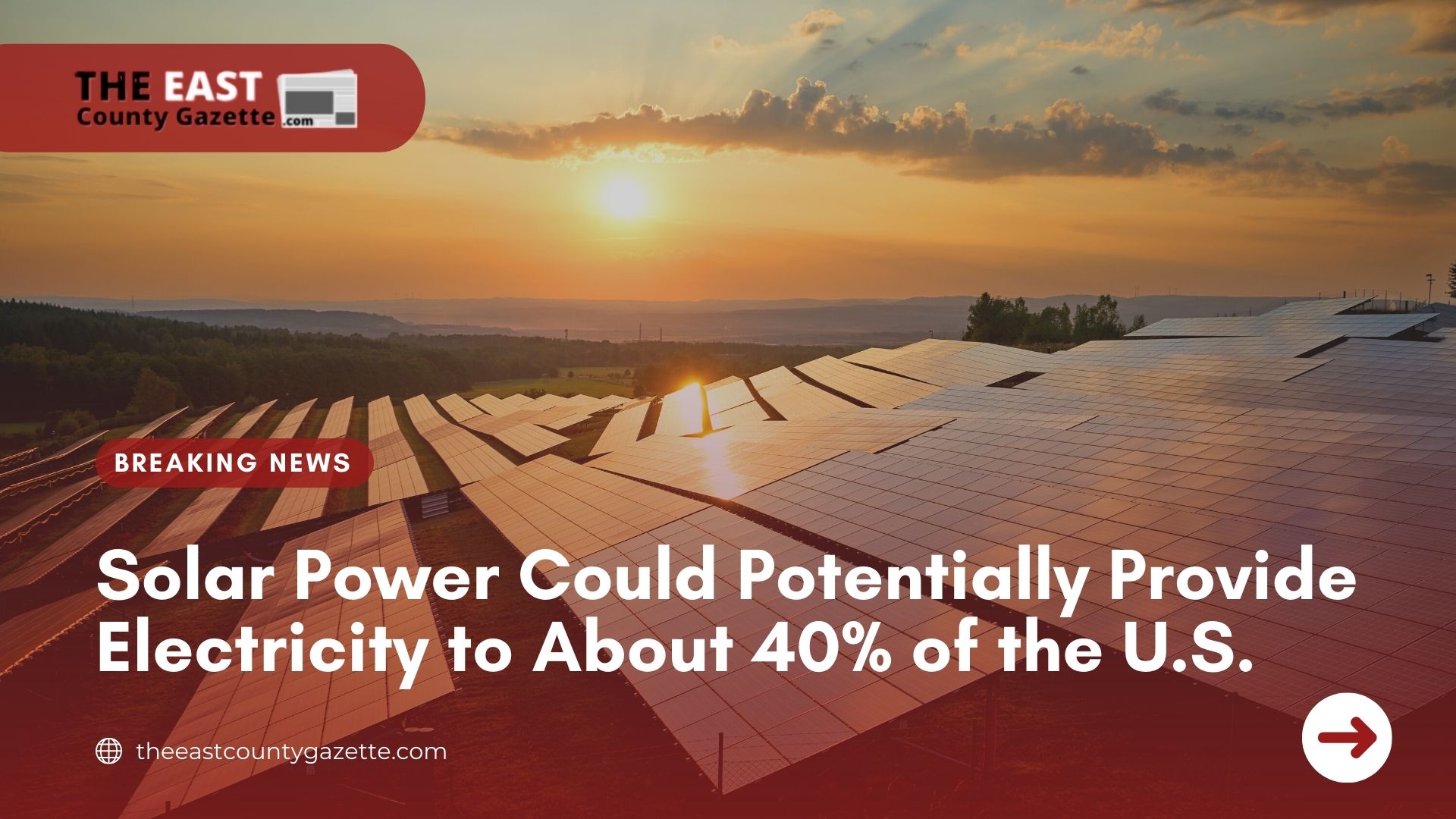According to a new federal report by the Energy Department’s Office of Energy Efficiency and Renewable Energy, solar energy has the potential to supply up to 40% of the nation’s electricity within 15 years — a 10-fold increase over current solar output.
However, this means that massive changes would have to be made in U.S. policy and billions of dollars in federal investment to modernize the nation’s electric grid.
This study arrives after Hurricane Ida devastated a great portion of the United States, and with it, aggravated power problems across the states. Many electric companies especially those nearing bodies of water shut down operations temporarily for safety purposes, and in some areas, power lines did not survive the harsh weather.
Recent Article: Hospital Crisis in States with Low Vaccination Rate – Mississippi.
The report says that the United States would need to quadruple its annual solar capacity while continuing to increase this capacity year by year to accommodate the needs for a renewable energy grid. This makes solar power a viable energy source especially during times of crises where traditional means of producing electricity won’t suffice.
But according to Becca Jones-Albertus, director of the Energy Department’s solar energy technologies office, the report is merely a healthy suggestion for the administration and the next. According to her, the federal report is “designed to guide and inspire the next decade of solar innovation by helping us answer questions like: How fast does solar need to increase capacity and to what level?″
President Joe Biden, who recently visited areas ravaged by Hurricane Ida declared climate change has become everybody’s crisis. “We can’t turn it back very much, but we can prevent it from getting worse, we don’t have any more time.” He said.
Recent Article: Texas Governor: Abortion Law Does Not Need Rape Exception.
As of now, the U.S. installed a record 15 gigawatts of solar generating capacity in 2020, but solar power only represents about just over 3% of the current electricity supply, according to the Energy Department. Based on their reports, the U.S. must install an average of 30 GW of solar capacity per year between now and 2025 which means they must double its current rate — and 60 GW per year from 2025 to 2030.
DOE’s National Renewable Energy Laboratory prepared a study called “Solar Futures Study” which says that “by 2050, solar energy could provide 1,600 GW on a zero-carbon grid — producing more electricity than consumed in all residential and commercial buildings in the country today, the report said.
Decarbonizing the entire energy system could result in as much as 3,000 GW of solar by 2050 due to increased electrification in the transportation, buildings, and industrial sectors.”

